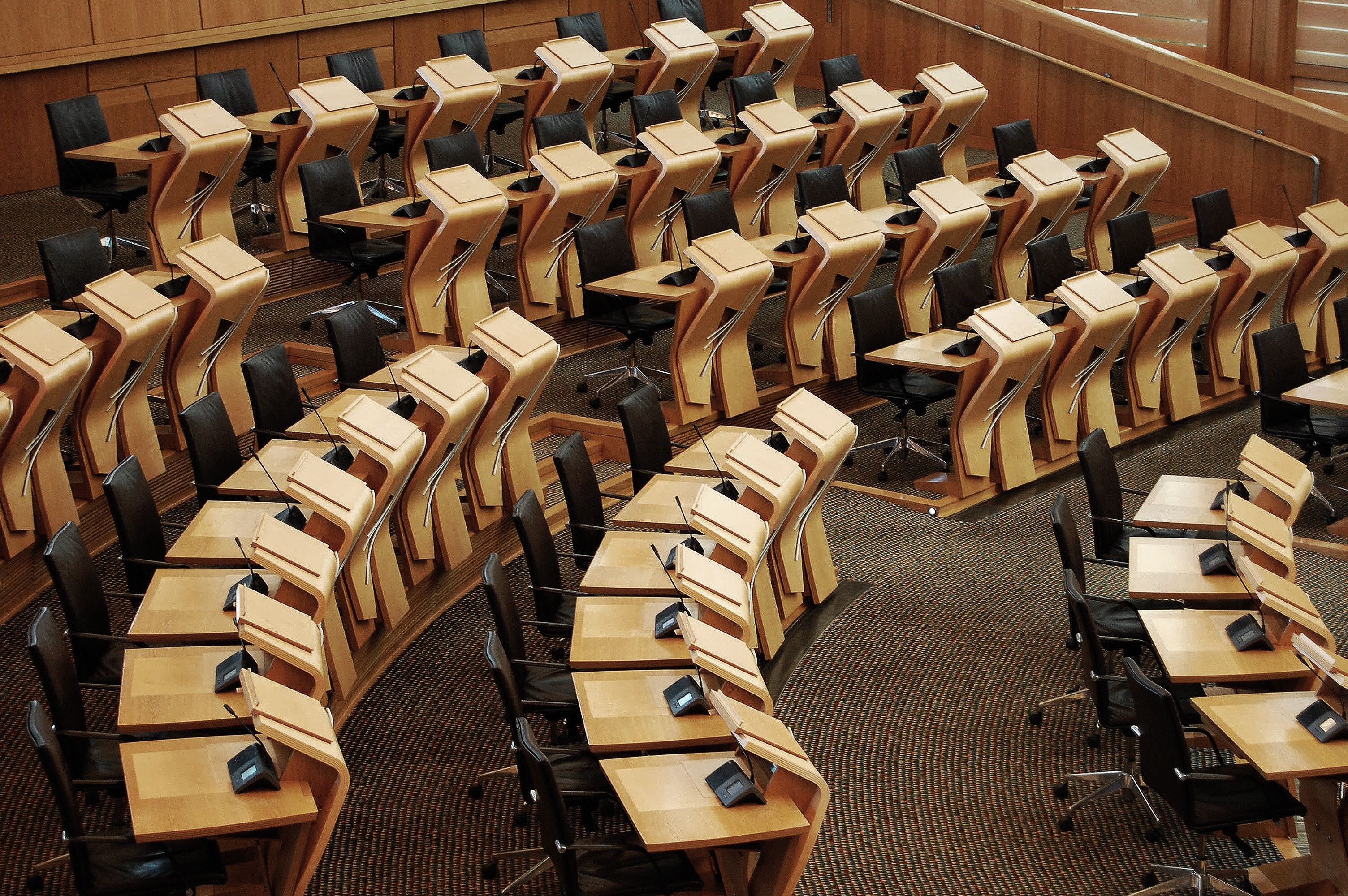Develop a Scottish steel strategy
Reduce the carbon intensity of steel production, including through greater recycling.
Steel is a vital part of our economy today and it still will be in the future, even a more sustainable, circular economy future. The replacement of oil and gas with renewables is at the heart of plans for an energy revolution in Scotland. By 2030, one million tonnes of material, the vast majority of this high-quality scrap steel, will be available from oil and gas decommissioning. This could be reused as the building blocks needed for new wind farms.
There is at least one proposal for a low or zero-carbon electric arc furnace to do this work, but the economic case is hard to make without government assistance because of high energy costs.
In 2018, every tonne of steel produced emitted on average 1.85 tonnes of greenhouse gases and total production accounted for about 8% of global greenhouse gas emissions. A study by Zero Waste Scotland found that creating a circular steel hub in Scotland could save 60% of the carbon emissions.
This change could be used to create not just the green energy we need for a sustainable future, but an integrated and circular system of material use as well. We could keep valuable scrap steel in Scotland, reusing the fossil fuel infrastructure of the past to create the renewable energy infrastructure needed for our new economy.
Today, all of Scotland’s scrap steel is exported for recycling, sometimes to the rest of the UK but also further afield, to countries such as Turkey and China, where coal is used to process the steel. Even in the UK, 80% of steel is processed in coal-fuelled blast furnaces, according to the World Steel Association. Scotland must not miss out on a huge opportunity to piece together the two ends of the energy transition.
For further information:
- Steel recycling is essential for a greener future, FoE Scotland, 2022, https://foe.scot/steel-recyclingis-essential-for-a-greener-future/
- Steel – position paper, FoE Scotland, 2022 https://foe.scot/resource/steel-position-paper/

